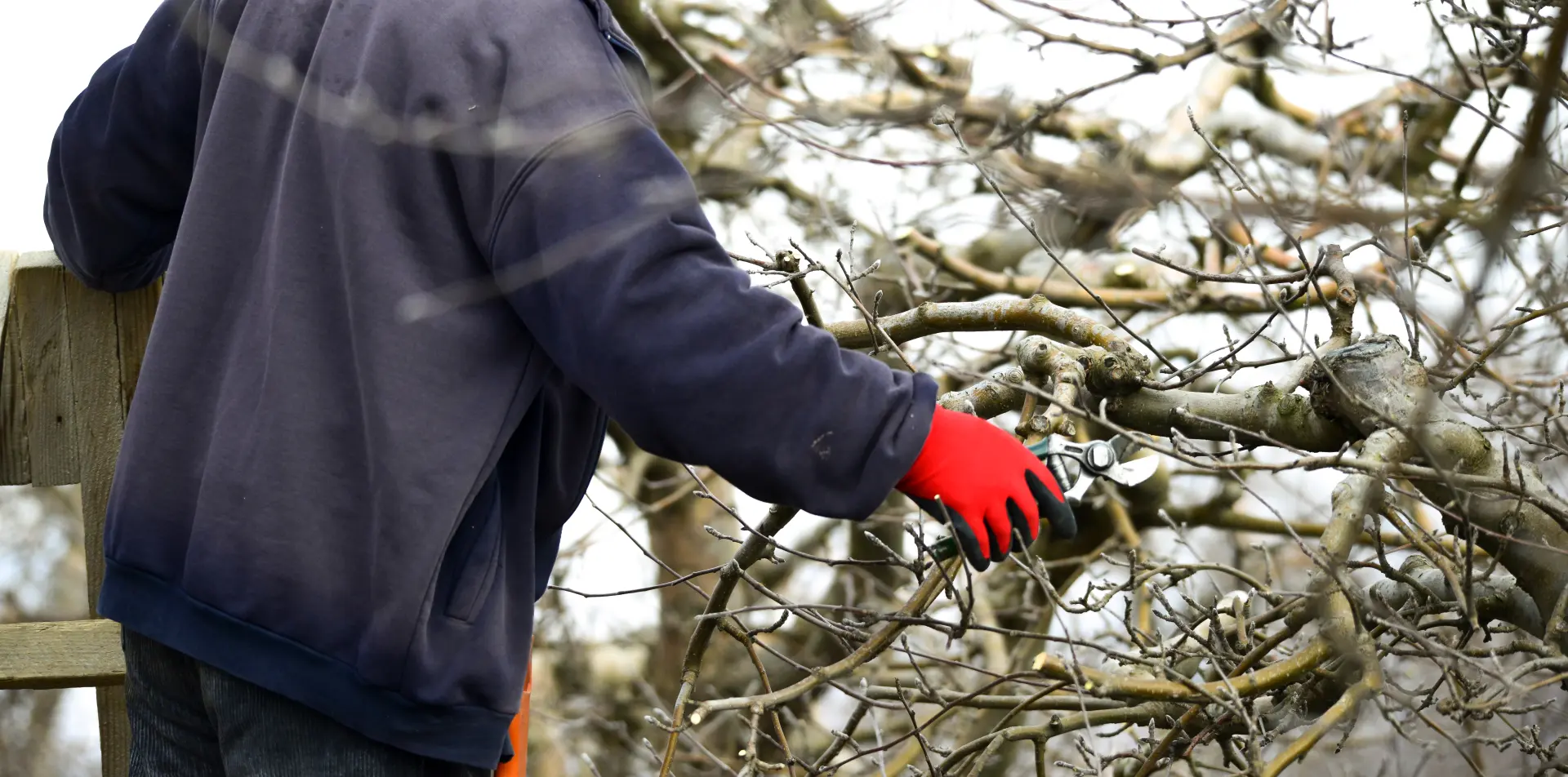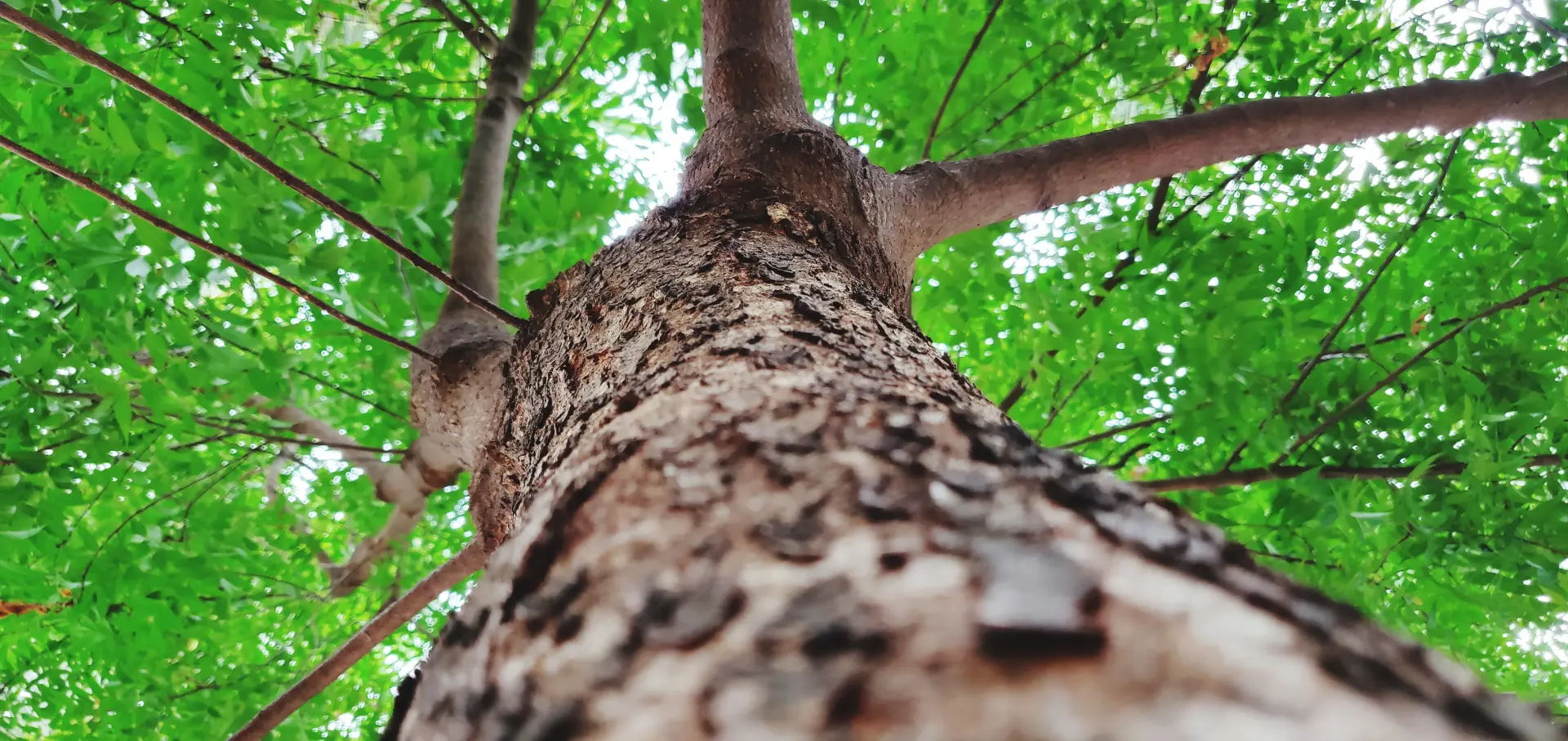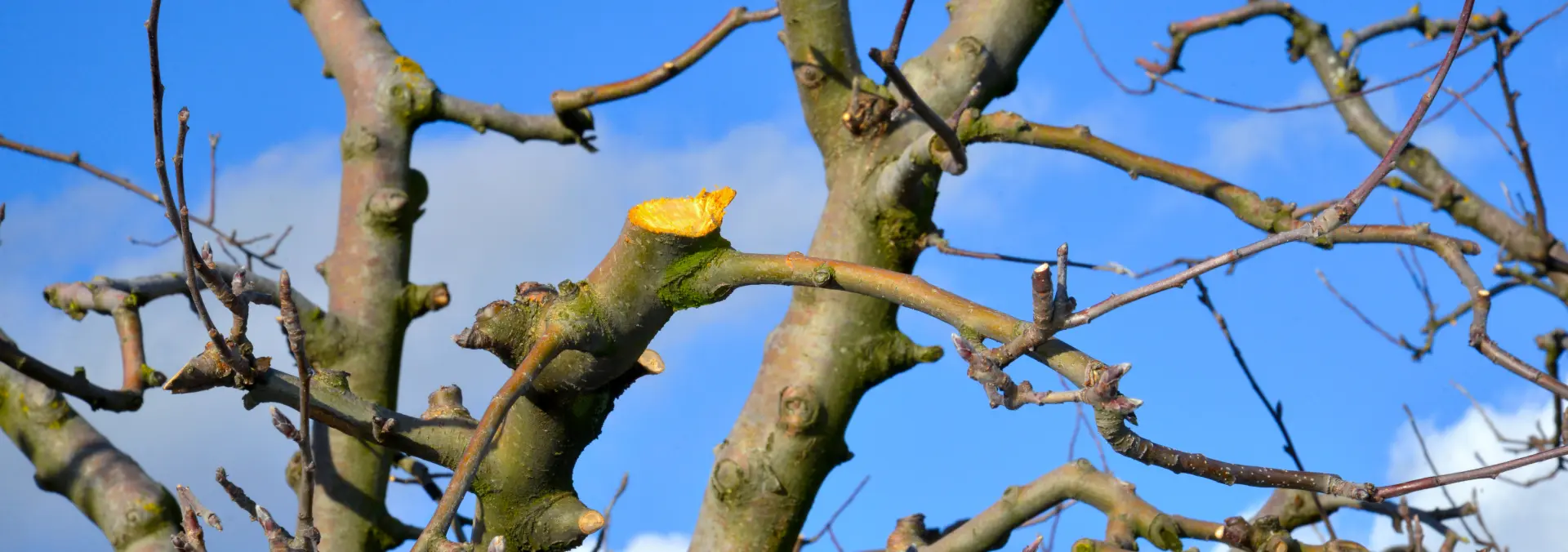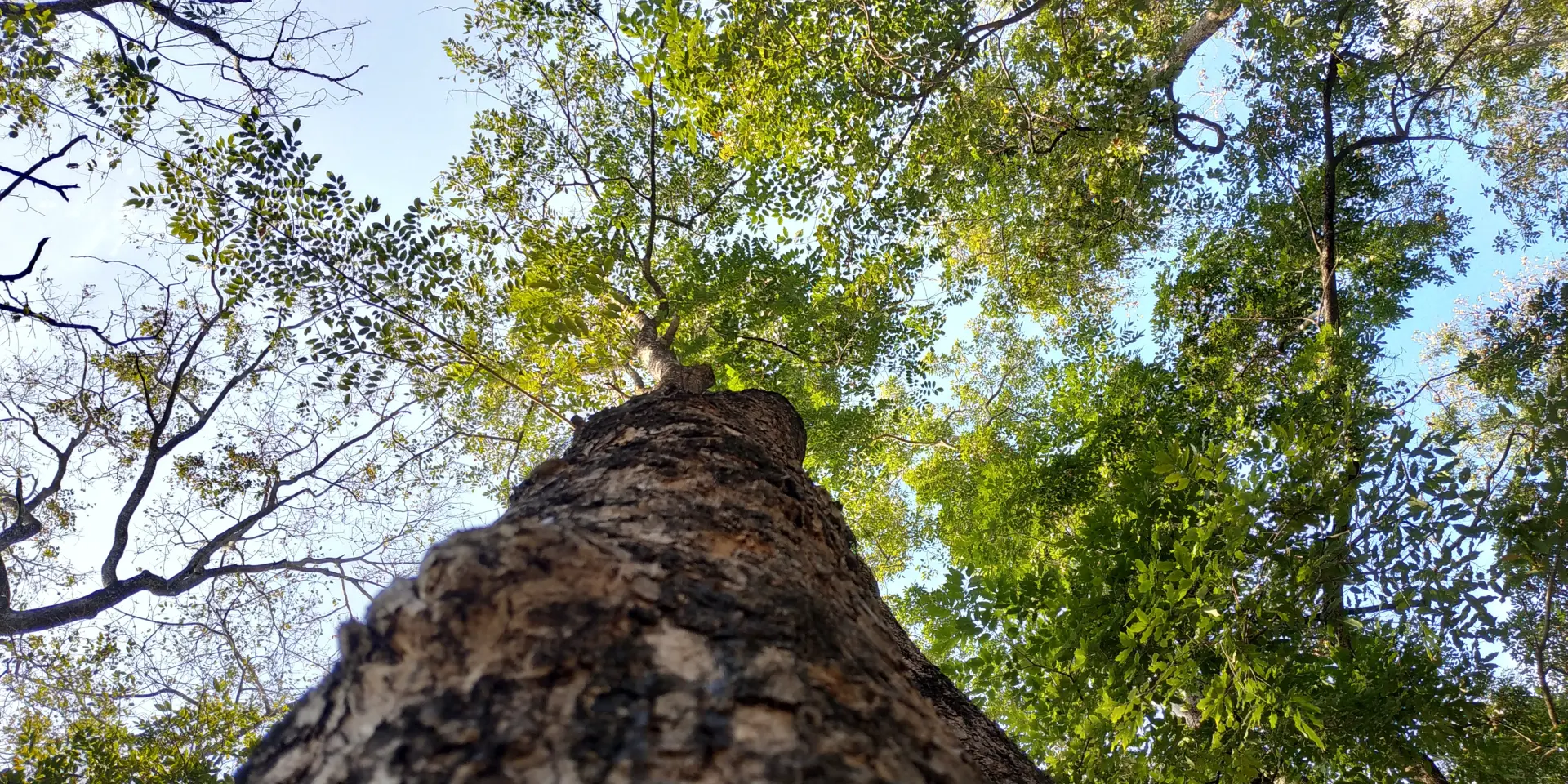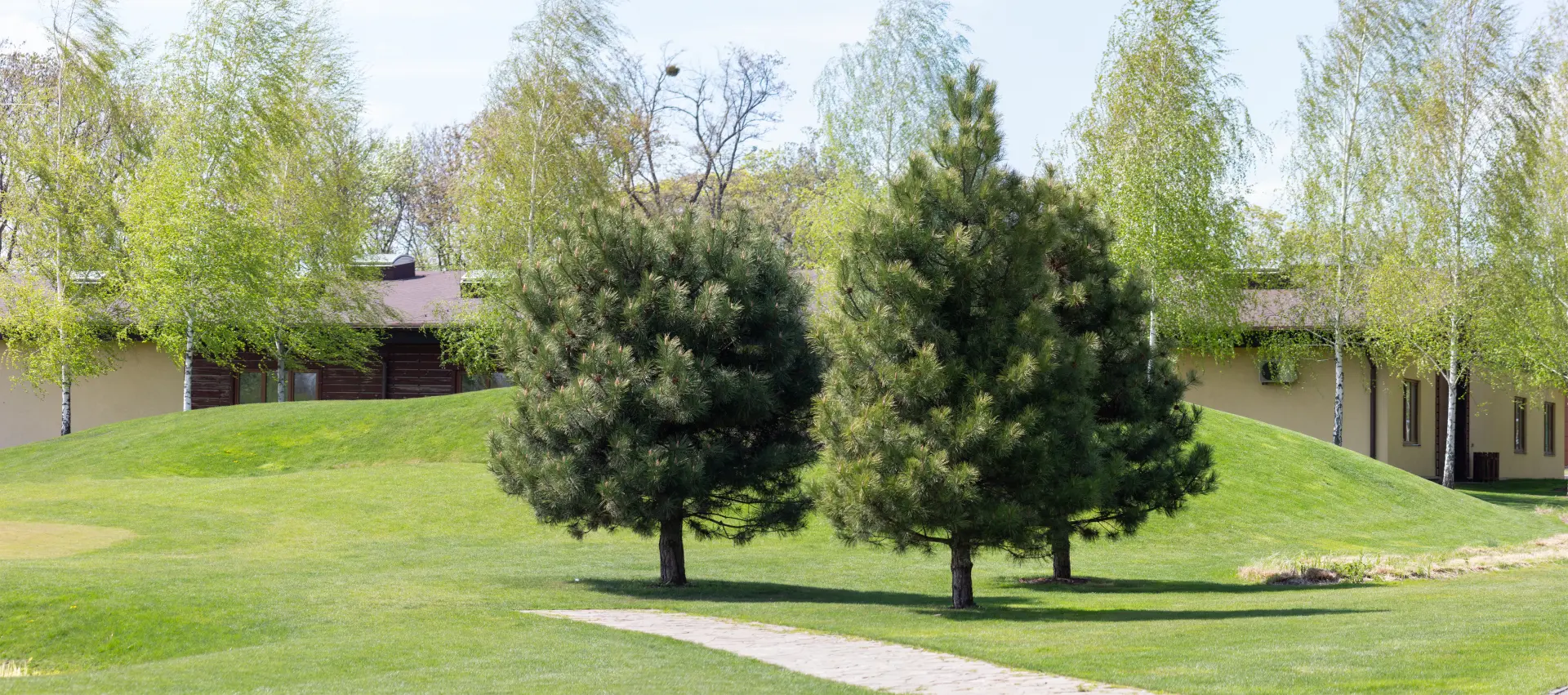Identify 'Signs That a Tree Poses an Immediate Danger' with our article. Learn how to spot dangerous trees and take action to preserve safety and prevent property damage.
Why Identifying Dangerous Trees Is Important
Trees are wonderful parts of our environment. They give us fresh air, provide shade on sunny days, and offer homes for wildlife. However, sometimes a tree can become unsafe and pose a serious risk.
Whether it’s in your garden, a park, or near a school, a damaged tree might collapse without warning. When this happens, people and property can be harmed. Broken branches can fall suddenly, and a decaying trunk can snap, causing significant problems.
Learning to spot signs of trouble early is very important. If we know what to look for, we can act before anyone gets hurt. For example, leaning trunks, cracks in the bark, or large chunks of missing wood may mean a tree is in danger of failing. If these issues go unnoticed, there is a risk of big accidents, which could lead to injuries or costly repairs.
By identifying a harmful tree right away, we can protect people, animals, and our belongings. Sometimes, simply trimming certain branches or removing a piece of decay can help.
Other times, a professional tree surgeon may need to remove a tree completely to avoid further danger. In every situation, staying alert and recognising warning signs is the key to keeping our surroundings safe.

Major Structural Issues That Signal Immediate Danger
Trees can seem strong and steady, but certain problems may show they are at serious risk of failing. If these issues remain hidden, your property and the people around you could be in danger.
By checking your tree often, you can notice changes that might mean it is no longer safe. Here are some major structural problems you should look out for:
Cracks and Splits in the Trunk
Large cracks or splits in a tree’s trunk are not just small blemishes; they can be signs of deep damage. When a trunk is cracked, it may not have enough strength to hold its own weight. This can lead to sudden breaks if a strong wind or storm comes along. Once a trunk is severely damaged, the danger to anything nearby grows because the tree could fall over or shed large sections quickly.
Weak or Hanging Branches
Branches that seem weak, overly heavy, or ready to snap can also spell big trouble. These branches might break with little warning, crashing down onto vehicles, buildings, or people. Sometimes, branches get tangled with each other or grow too close to power lines, creating even greater danger. If you see branches drooping or crossing each other awkwardly, it might be time to act before a real risk develops.
Hollow or Rotting Centre
When the inside of a tree begins to decay, it can become hollow. Although the outside might still look solid, the tree’s core may be weak or rotting away. This hidden decay means the tree cannot hold itself up when faced with strong weather. Any sign of fungal growth, like mushrooms on the trunk, might show deeper rot. A hollow tree can topple unexpectedly, damaging property and posing a serious hazard to anyone nearby.
Remember, if you spot one or more of these problems, the safest choice is to contact a tree expert. Early action can prevent accidents and keep everyone protected.
Significant Leaning or Sudden Tilting
Sometimes, a tree grows at an angle, which might not always be a problem. However, when a tree leans more than usual or suddenly tilts, it can become a real danger. This change could happen after strong winds, flooding, or even ground movement. If the soil around the trunk is disturbed or cracked, there is a greater risk that the tree might uproot completely.
A leaning tree puts extra strain on its branches and trunk. As time goes on, the weight of the tree might cause it to break or topple over. Buildings, cars, and people nearby are then at risk of harm.
It is important to notice if the lean gets worse or if the roots start popping out of the ground. Any sudden tilt is especially concerning because it may mean the tree has lost much of its support.
Remember, trees that lean sharply or move unexpectedly need prompt attention. Even if the trunk does not look damaged, the root system could be weak or decaying beneath the surface. Ignoring this warning sign could lead to costly property damage or serious injuries. If you see a tree that has leaned more than normal, call a tree specialist right away to find out if it poses an immediate threat.
External Signs of Tree Decay and Weakness
A healthy tree usually has firm bark, lively leaves, and sturdy branches. But when decay starts, you might see changes on the outside. One clue is peeling or loose bark that comes off easily. Another sign is fungus or mushrooms growing on the trunk or around the base. These tiny organisms often thrive where wood is rotting, suggesting the tree has started to break down inside.
Weakness can also show up in branches that look brittle or have lost most of their leaves. If you notice spots where leaves never grow back, the tree might be struggling to get the nutrients it needs. Sometimes, you might even see holes from insects that eat away at the wood. Too many of these pests can speed up the decay process, making the tree even weaker.
Cracks in the bark can also mean bigger problems are hidden beneath the surface. A tree with widespread cracking could suddenly split, putting nearby people and property at risk. If you spot sawdust-like material or small piles of wood shavings near the trunk, that might be a sign of internal decay or insect activity. While trees can hide damage for quite some time, these warning signals on the outside should never be ignored.
When to Call a Professional Tree Surgeon for Assessment
Sometimes, problems with trees can be managed with simple care, like pruning small branches or clearing away dead leaves. However, there are times when calling an expert tree surgeon is the smartest choice.
Tree surgeons have special training to spot hidden decay, judge the level of risk, and decide on the safest way to fix or remove a problem tree. Here are a few situations where professional help is very important
Persistent and Severe Damage
If a tree has been hurt by repeated storms or shows clear signs of ongoing decay, it is time to seek professional advice. A tree surgeon can examine the trunk, branches, and roots to see if the damage can be fixed or if the tree is beyond saving. They will also know which parts might pose an immediate danger to your property.
High-Risk Locations
Trees that stand near busy roads, car parks, or homes are more dangerous if they fail. A professional can assess how likely the tree is to break and what might happen if it does. If the tree is close to power lines or crowded public areas, the risk becomes even higher. In these cases, expert help is vital to prevent accidents and keep people safe.
Expert Advice and Proper Tools
Sometimes, fixing a sick tree might involve special equipment or careful cutting techniques. Tree surgeons are trained to use ropes, harnesses, and saws without risking further damage.
They also understand how to trim or remove branches in a way that helps the tree heal, if possible. By trusting an experienced professional, you can make sure the job is done safely, and the area stays secure.
Whenever you suspect a tree could be unsafe, do not wait until a branch falls or the trunk cracks. Call a professional tree surgeon to protect people, animals, and property.
Are you looking for expert tree removal services in Aberdeenshire? We safely remove trees of all sizes across Dundee, Forfar, Angus, and surrounding areas. Call today to discuss your needs.

